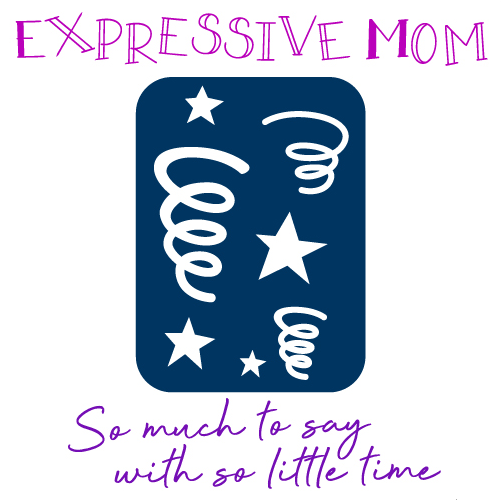Family. When you hear that word, what do you think of it? You probably think of your mother, your father, your siblings (if you have any), and your pets (if you have any as well). In other words, the first thing that comes to your mind is the traditional nuclear family. That is because that is what family for centuries represented. However, times have changed drastically over the last several decades.
The only exception to that was when during some situations, the grandparents would move into the homes of traditional families. Sometimes the aunts and uncles did as well which would be the definition of an extended family. That often happened for financial reasons (perhaps the grandparents, aunts, or uncles could not afford to keep their home anymore). Or help was needed with raising kids especially in cases of a parent passing away.
However, the drastic changes in families started in the later 1960s and 1970s when divorces were becoming more common (but were less talked about). Then during that time when Gen-Xers were born, you started seeing more single mothers (rarely single fathers) raising kids after splitting up with their spouses. Then oftentimes, they hooked up with other partners, married them, and became step-parents their partners; kids. Then their partners became step-parents to their kids. That was the time when blended families started becoming a thing. The evidence of this being the case was when the sitcom The Brady Bunch launched in 1969 and the show lasted for several years, until 1974.
Therefore in the 1970s and 1980s was when you saw a huge shift in types of families. The traditional nuclear family still was the most common around. However, single-parent families and blended families were becoming more common and accepted. The only time single-parent families were a thing decades before that is if a spouse passed away, which was already mentioned. And in those situations, oftentimes, the extended family moved in.
However, in the 1990s, 2000s, and beyond, the nuclear, extended, and the blended family were not the only types of families acknowledged. As time had progressed, more types of family norms were seen and openly talked about. They are:
- Same-sex family – More and more people are coming out as gay, and are living with parents of the same sex. This is not something that was openly discussed, let alone accepted decades ago. And even some parts of society today are having a hard time accepting this reality. However, many same-sex couples are adopting kids or having them through surrogacy.
- Childless family – It was very taboo decades ago to be married or living in a common-law setting, and not to have kids. Infertility was not something that was spoken about often since it was also taboo. And in situations where couples could not have kids of their own, they would adopt so they would become the typical nuclear family. Even if that meant parenting children that were not biologically their own. It was also very taboo for married couples to make a decision not to have kids for personal reasons back then. However, nowadays, childless families by choice are becoming common. The couple has their own reasons to not bring kids into the world. Perhaps they want to travel, or they want to just have furbabies.
- The family of your own making – Sometimes the nuclear family you had as a child did not treat you well, and you had broken ties with them in your adulthood. Maybe you never got married, or maybe you did and have a nuclear family of your own. But you also have very close friends, coworkers, and those in your community who you consider being part of your own family. There is that saying that family does not have to mean blood. That is what the family of your choice represents.
As you can see, the definition of family has changed drastically over time. And with that said, the definition of family is what you make it. There is no set rule anymore.
REFERENCE: https://cyberparent.com/relationships/define-family-true-meaning-family/



Connect With Me !